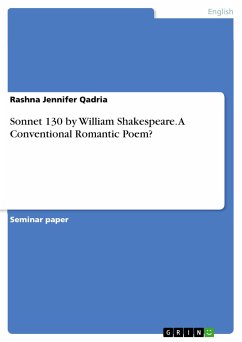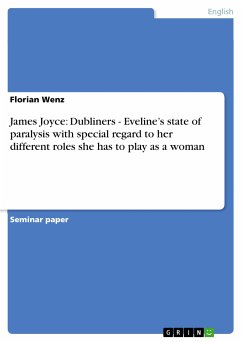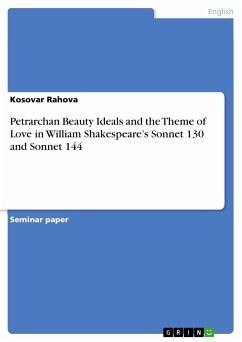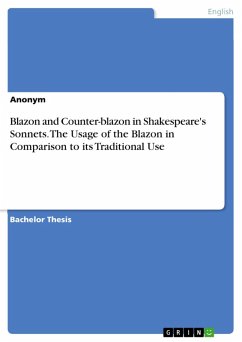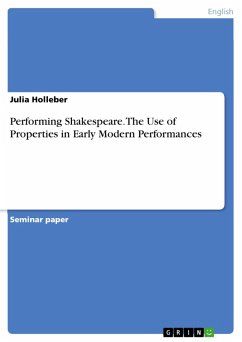Seminar paper from the year 2017 in the subject English Language and Literature Studies - Literature, grade: 2,3, University of Wuppertal, language: English, abstract: This paper examines the completely different image of a "mistress" Shakespeare created in Sonnet 130 with the help of a specific rhyme scheme and various types of stylistic devices. His choice of the poetic devices leads the reader to change their perceptions about a perfect and beautiful "mistress". In the earlier ages, many authors in the Elizabethan period followed the tradition of the famous poet Petrarch, who described a "mistress" as an idealized woman, a beauty a lot of women cannot acquire. The description of a "mistress" was in Petrarch's love poems similar. A human being with no blemish was presented to the reader. At the end of the Elizabethan Age, the poems about a "mistress" changed. William Shakespeare, a famous actor and writer, began to write various types of plays and sonnets. In contrast from other authors, Shakespeare switched the gender he wanted to praise. For a long time, the readers at this time were used to reading love poems about a "mistress". Nevertheless, Shakespeare chose to honour a man than a woman. About 26 sonnets, written by Shakespeare, were about a lady with many different characteristics than it was common at his time.
Dieser Download kann aus rechtlichen Gründen nur mit Rechnungsadresse in A, B, BG, CY, CZ, D, DK, EW, E, FIN, F, GR, HR, H, IRL, I, LT, L, LR, M, NL, PL, P, R, S, SLO, SK ausgeliefert werden.

